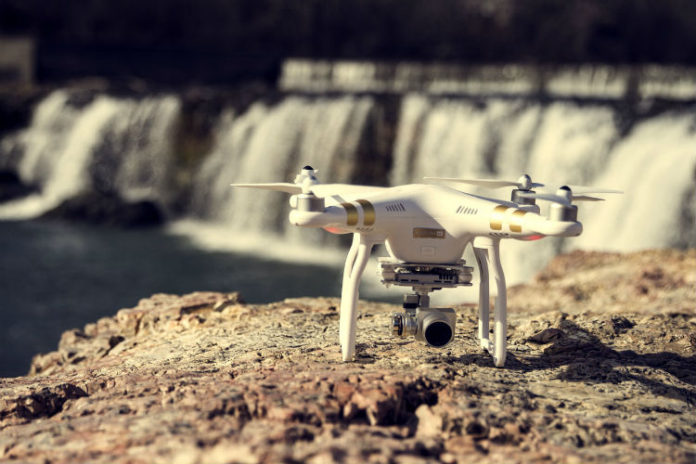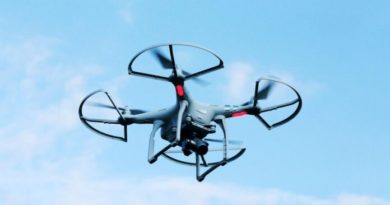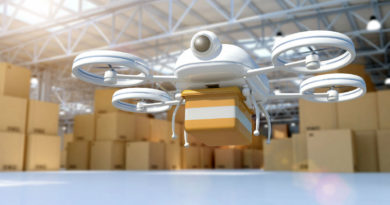How Drones Are Changing Wastewater Treatment
![]()
Drone-related improvements have made people think differently about how to perform necessary tasks in various industries. The wastewater treatment sector has already benefited from using drones, and analysts regularly make projections about other useful ways to use drones to manage wastewater treatment needs.
- Improving Testing Processes
Testing is a crucial part of operations at a wastewater treatment plant. Without those tests, representatives at wastewater treatment plants wouldn’t know methods aren’t giving the desired results, for example.
A company called Drones Over Water offers drones equipped with sensors that allow a high-tech way of doing water tests. Besides being useful in wastewater treatment plants, the people associated with the enterprise envision a future where the drones could test water in places that may be hazardous for humans, such as the areas around oil spills.
Dan Squire, the inventor of the technology, says a drone can fly to a particular location and collect data including pH, conductivity and temperature. Prototypes did not allow for real-time data transmission, but the goal was to make that possible eventually.
- Increasing Worker Safety
Employees at wastewater treatment plants receive specialized training to keep them as protected as possible during potentially dangerous tasks. But, accidents can still happen. That’s why Melbourne Water, an Australian company, investigated several ways to depend on drones for operations related to its wastewater treatment plant.
One inspection-based task is time-consuming and dangerous for humans and could take teams of up to six people several days to complete. Using a drone to do the same job only took 20 minutes and required two people.
Another way of using drones for safety reasons is to use them to inspect for problems like cracks or numerous issues in one isolated area of a wastewater treatment plant’s infrastructure. Drones can generally take high-quality footage in short periods. If a drone finds severe problems, a maintenance manager could decide where to allocate resources and take actions before catastrophes result.
- Allowing Wastewater Treatment Personnel to Make Better Decisions Through Data
Statistics indicate collection or treatment does not occur for more than 80 percent of water worldwide. As such, unaddressed water poses a health risk to living things. But, even water treated in facilities can become unhealthy if plants use excessive amounts of chemicals or not enough to serve the purpose of making the water safe to drink.
One standard practice is to use sensors that monitor the toxicity levels of the water and determine the necessary measures to purify it. However, the water may be so polluted that the usual methods offered at wastewater treatment plants are not sufficient. Some researchers are using underwater drones to assess water sources such as lakes and rivers, then collecting data that informs the decisions made at wastewater treatment plants.
In a successful use case, wastewater treatment workers might receive warnings of dangerous conditions that could pose health risks, then take action before far-reaching consequences occur. The compiled data could also get fed into analysis software that gives other insights, such as which treatments work the fastest or are most cost-effective.
- Catching Unlawful Polluters
Water pollution is a reality wastewater treatment personnel deal with regularly, but it can worsen due to intentional human involvement. In a region of India, municipal dumping is contaminating the Sirsa River, and officials sent drones to investigate the matter.
The area most prone to pollution has numerous industrial plants in it. While getting to the bottom of this issue, inspectors discovered several cosmetics and pharmaceutical manufacturers did not meet waste management standards and allowed contaminants to leak into the water.
In other parts of the world, such as Ireland, officials use drones to tackle the problem of unlawful dumping on roadsides and in other places that could eventually pollute waterways and become issues for wastewater treatment workers to handle.
- Technology Still in the Early Stages
Although some of the examples here featured real-world examples of successful drone applications for the wastewater treatment sector, abundant, untapped potential exists for companies that are forward-thinking enough to use drones in pioneering ways. The responsibilities that keep wastewater treatment facilities running smoothly can be inefficient and dangerous, but drones could spur worthwhile and long-standing improvements.
Author Bio:
Emily is a green tech writer who covers topics in renewable energy and sustainable design. You can read more of her work on her blog, Conservation Folks.


